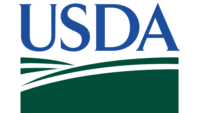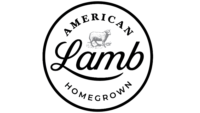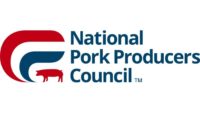While last year saw the smallest lamb crop on record with just 3.03 million head, there were also some bright spots related to lamb imports and pricing, according to the 2023 Sheep Industry Review, a checkoff-funded report commissioned by the American Lamb Board and compiled by the American Sheep Industry Association.
“Last year saw a decline in inventory at all levels,” said ALB chairman Jeff Ebert. “However, producers did feel a bit of relief with a significant decrease in imported lamb and mutton, improved drought conditions in most areas, a slight decline in production costs and relatively high slaughter and retail prices.”
Some key findings in the report:
Smaller inventory
Looking back at inventory levels in 2023 revealed a continued decline in sheep inventories across the board. Breeding sheep declined by 2% to 3.67 million head, market lambs were down 24,000 head to 1.28 million head, and the total lamb crop was down to 3.03 million head, the smallest on record.
Feedlot supplies were also down last year. This was due to smaller lamb crops, a larger number of lambs marketed as lightweight slaughter lambs and higher feed costs. On average, the number of lambs on feed from January to October 2023 was 34% lower than in 2022. Despite the reduced numbers, feedlots saw a bright spot when lamb-feeding returns turned positive in June 2023 after reporting losses for 15 consecutive months.
Declining imports
In response to consumer demand and lower lamb prices, there was a significant decline in lamb and mutton imports last year. Total lamb and mutton imports were down 21% to 284.3 million pounds.
Imports from Australia were down 14%, and imports from New Zealand were down 10%, with more Australian lamb finding its way to China and the Middle East.
Prices remain stable
While retail lamb prices declined in 2023, they were still high compared to prepandemic levels. On average, prices were 4% lower than in 2022 but $2 per pound higher than in 2020.
Slaughter lamb prices also decreased last year. While prices were down 2.3% in 2023, they remained stronger than in 2020. Prices were supported by a solid second half of the year, where lamb supplies adjusted to demand.
Optimistic outlook for 2024
The outlook for 2024 is optimistic. The opportunity for improved producer margins is supported by forecasted strong live-lamb prices and reduced feeding costs. Feeder and lamb prices are also projected to strengthen in the coming year.
The industry will still face significant challenges in 2024, with declining flock numbers and a projected decline in lamb production. In addition, consumers will continue to face high food prices. Ultimately, consumer demand will drive lamb pricing for the remainder of this year.
Source: American Lamb Board




Report Abusive Comment